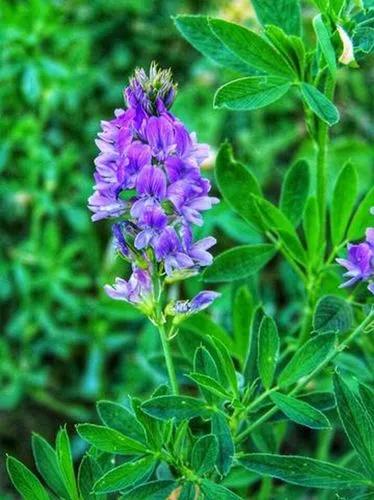It is a flowering plant in the mint family (Lamiaceae), native to Europe, northern Africa, and southwestern and central Asia. It is also widely naturalized in many places, including most of North and South America. It is a grey-leaved herbaceous perennial plant, and grows to 25–45 centimetres (10–18 in) tall. The leaves are 2–5 cm (0.8–2.0 in) long with a densely crinkled surface, and are covered in downy hairs. The flowers are white, borne in clusters on the upper part of the main stem.Horehound has been mentioned in conjunction with medicinal use dating at least back to the 1st century BC, where it appeared as a remedy for respiratory ailments in the treatise De Medicina by Roman encyclopaedist Aulus Cornelius Celsus. The Roman agricultural writer Columella lists it as a remedy for expelling worms in farm animals in his important first-century work On Agriculture.
White Horehound Care
Marrubium vulgare



Horehound was introduced to southern Australia in the 19th century as a medicinal herb. It became a weed of native grasslands and pastures where it was introduced with settlers’ livestock, and was first declared under noxious weeds legislation. It now appears to have reached its full potential distribution. In New Zealand efforts are being made to control its spread with biocontrol measures using the horehound clearwing moth Chamaesphecia mysiniformis and the horehound plume moth Wheeleria spilodactylus that could eat their way through many plants. It occupies disturbed or overgrazed ground, and is favoured by grazing because it is highly unpalatable to livestock. It may persist in native vegetation that has been grazed.M.vulgare has been promoted widely on the internet for its supposed therapeutic purposes, and there has been preliminary research into its medicinal properties. Nevertheless as of 2016 there is no good evidence that it has any value as a medicine. The U.S. Food and Drug Administration does not endorse the plant for use as medicine, but has declared it to be a generally safe food additive.
This plant is useful.
How to Care for the Plant

Popularity

598 people already have this plant 118 people have added this plant to their wishlists
Discover more plants with the list below
Popular articles






